Complex Flow Research Division
Heat Transfer Control Laboratory
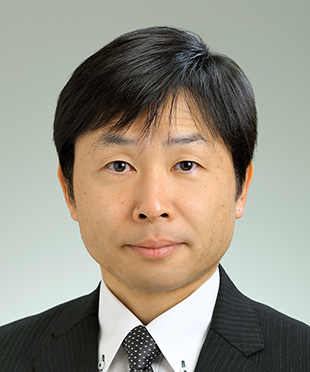
ProfessorAtsuki Komiya
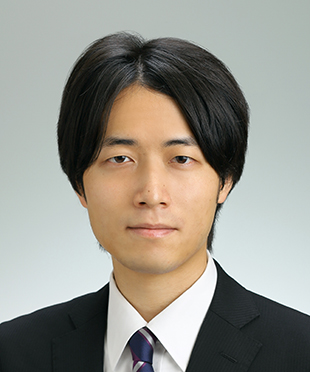
Assistant ProfessorYuki Kanda
Precise visualization and active controls of heat and mass transfer phenomena under extreme conditions such as micro/nano scale and microgravity environments are important for future engineering science and technology. This laboratory has been conducting research on the fundamentals of micro/nano scale heat and mass transfer controls by directly “visualizing” these phenomena using advanced optical systems, and applying them to the several engineering systems such as low emission energy system, advanced heat transfer enhancement system and mass transfer control system for pure protein crystallization. Nano scale measurement of precursor film thickness of small droplet is also performed using above system.
Evaluation of protein mass transfer and active control of mass diffusion process
The active control technique of proteins transport has high potentiality for academic and industrial fields. For instance, an active mass flux control can produce high quality medicines, foods and can achieve high-level treatment or operation in medical field. In this research, the hindered mass diffusion phenomenon is focused on, and the relationship between mass diffusion control and micro-scale membrane structure is evaluated. This work is performed as collaborative research with INSA Lyon in France and Australian National University.
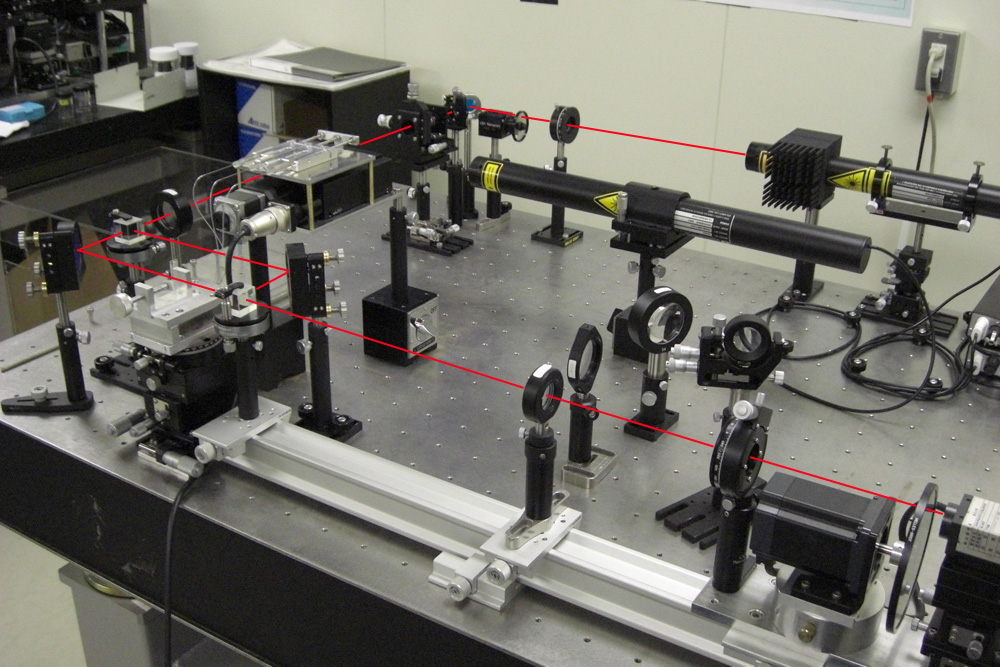 Mach-Zehnder type phase-shifting interferometer
Mach-Zehnder type phase-shifting interferometer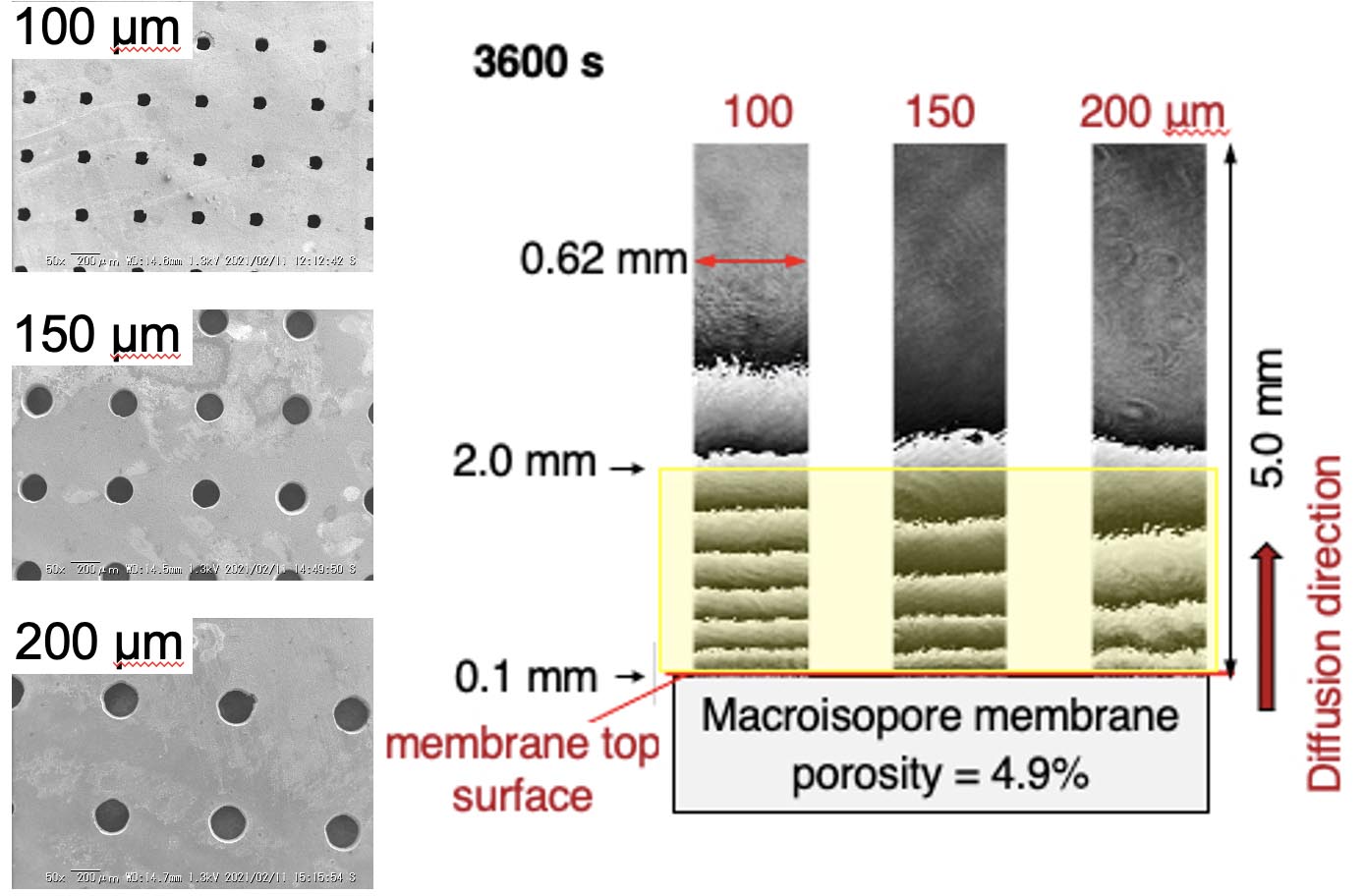 Variation of diffusion field due to micro-pore size
Variation of diffusion field due to micro-pore size
Experimental evaluation of advective heat/mass transfe
Applying the visualization technique of micro-scale heat and mass transfer phenomena to a construction of the large-scale Mach-Zehnder type phase-shifting interferometer, the advective heat and mass transfer and transition of natural convection from laminar to turbulent flow are evaluated. The thermal/concentration boundary layers under the condition of forced convection are also visualized, and the mechanism of heat transfer enhancement in convection is experimentally investigated.
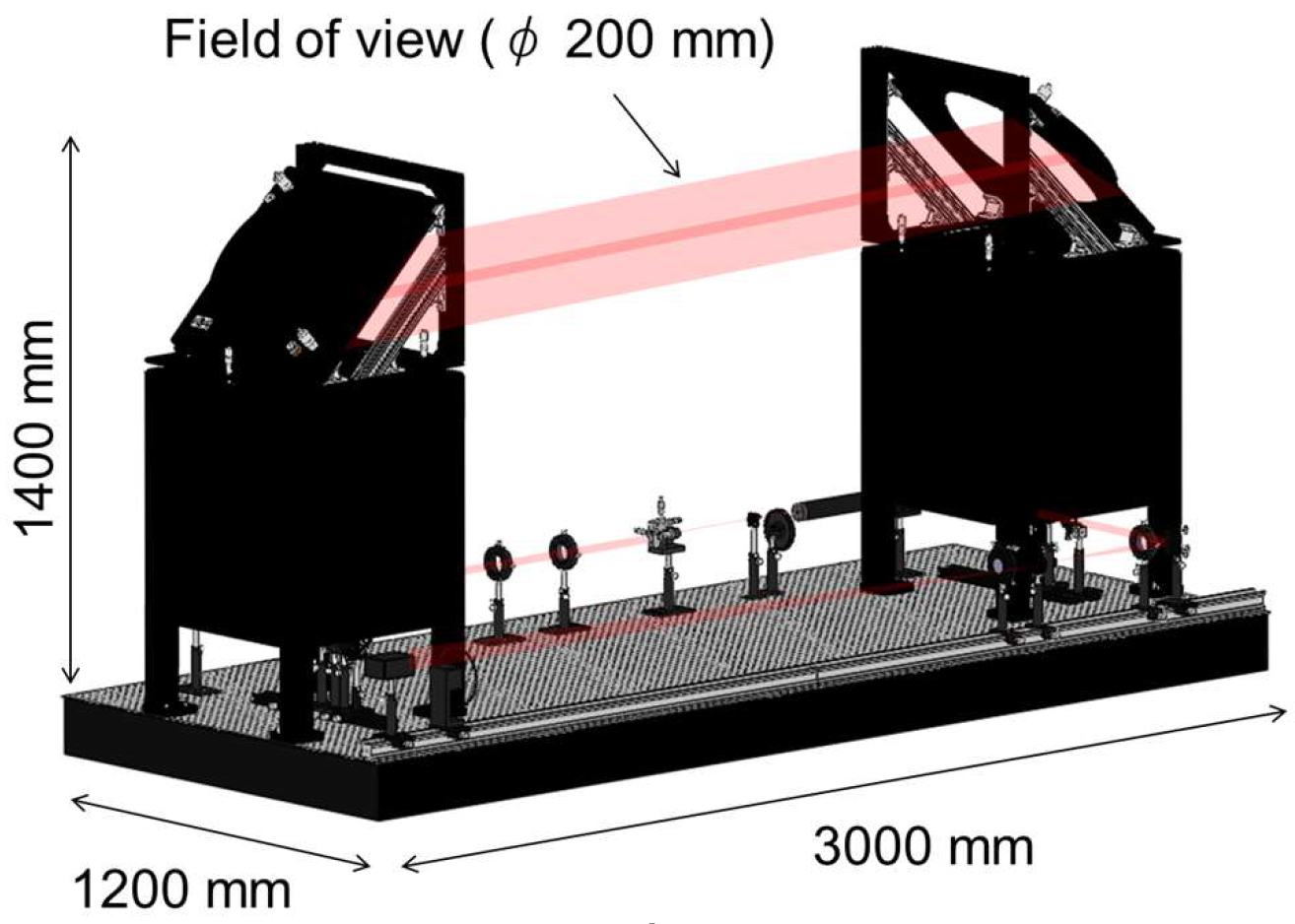 Large-scale phase-shifting interferometer
Large-scale phase-shifting interferometer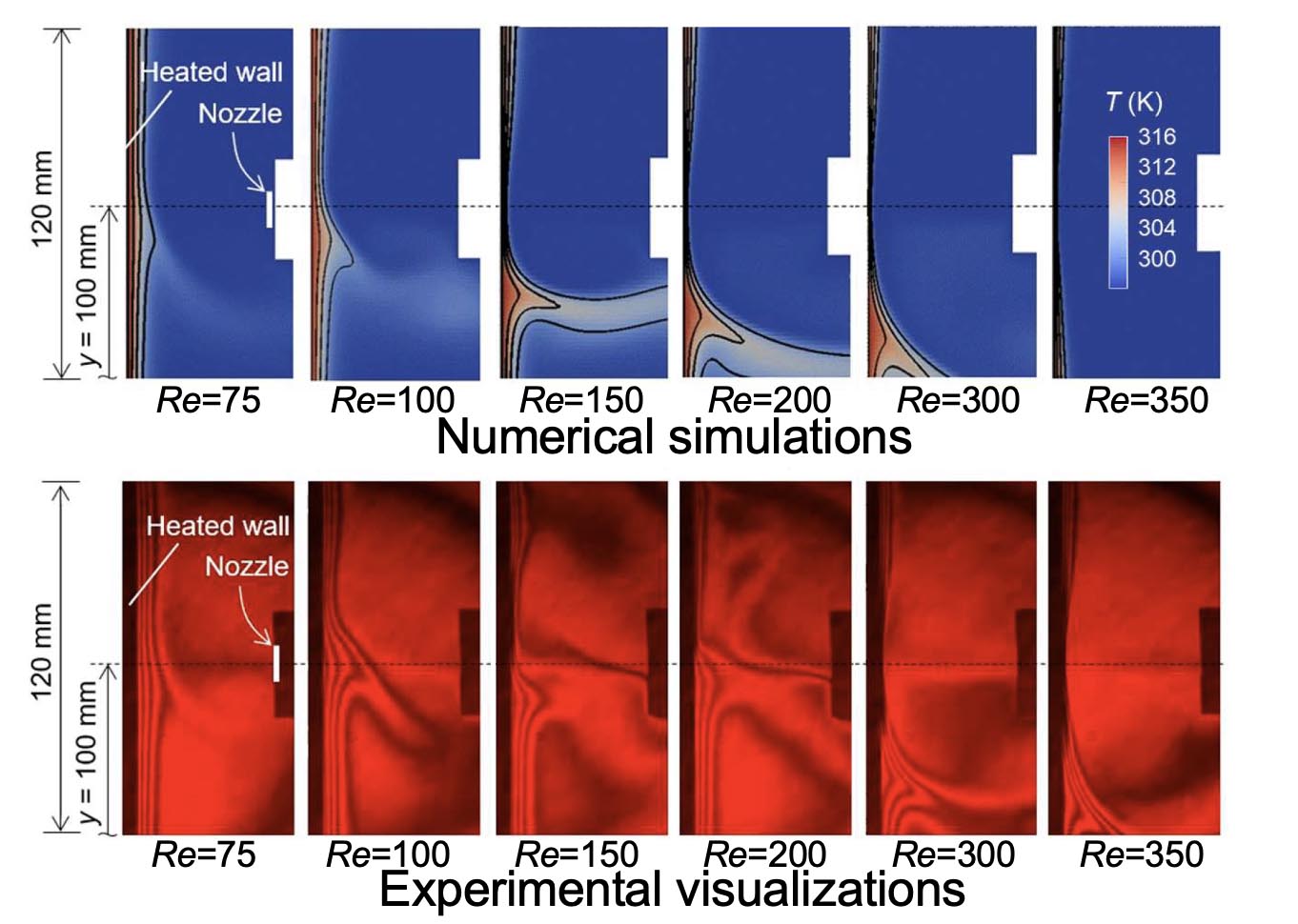 Comparison between numerical simulation and experimental data
Comparison between numerical simulation and experimental data
Visualization of heat and mass transfer in supercritical fluid
The peculiar heat and mass transfer phenomena in working fluids under supercritical conditions and their interactions have been studied for the highly efficient and environmental-friendly contaminated soil reforming method using supercritical fluids. In this research, the dissolution phenomena of organic substances in supercritical carbon dioxide have been evaluated with the special optical interferometer and numerical models. Our proposed the remediation and purification technology for contaminated soil will greatly contribute to the goal of the United Nations, SDGs.
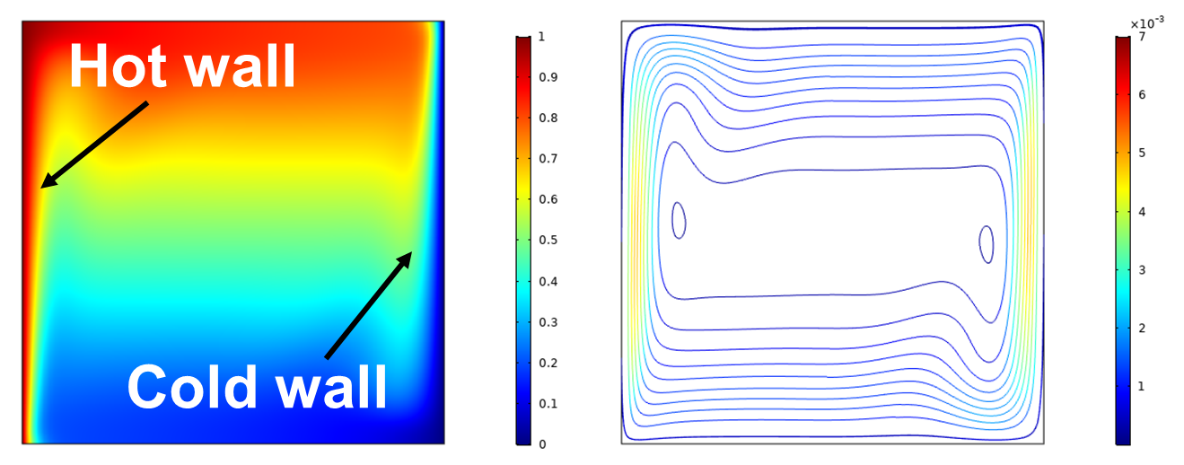 Temperature distribution and streamlines of supercritical fluid in a cavity with temperature difference
Temperature distribution and streamlines of supercritical fluid in a cavity with temperature difference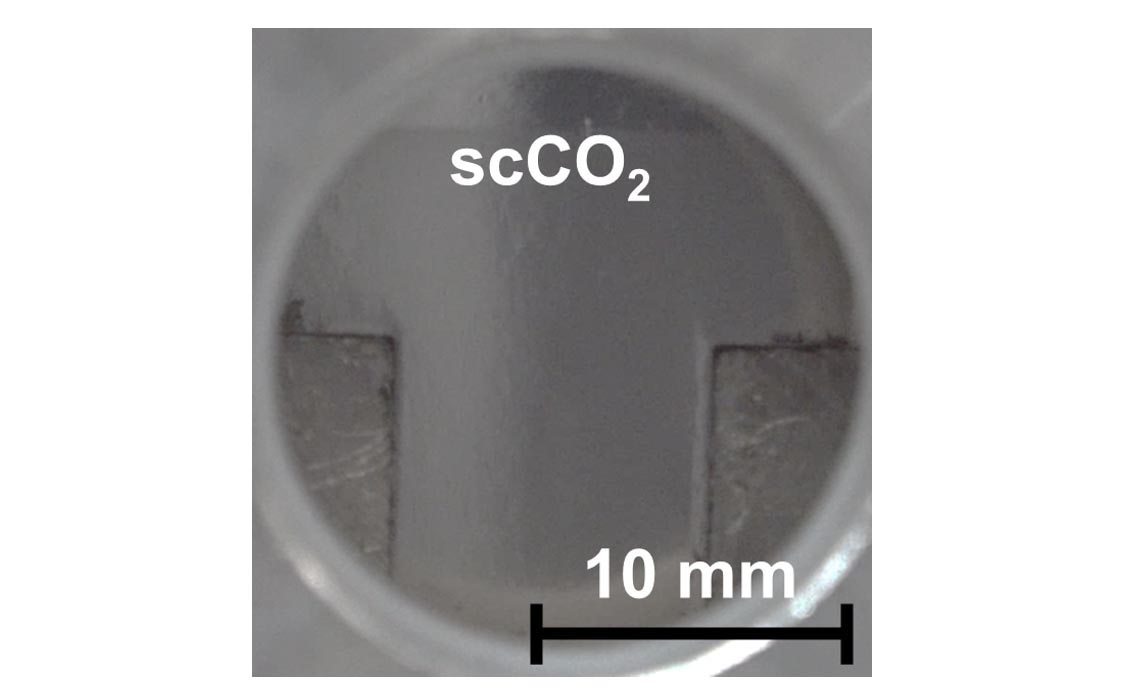 Visualization of supercritical carbon dioxide /li>
Visualization of supercritical carbon dioxide /li>

 Mr. Mizuho Ono (Heat Transfer Control Laboratory, D3) has received the Encouragement Award from the Heat Transfer Society of Japan (2025/5/16).
Mr. Mizuho Ono (Heat Transfer Control Laboratory, D3) has received the Encouragement Award from the Heat Transfer Society of Japan (2025/5/16).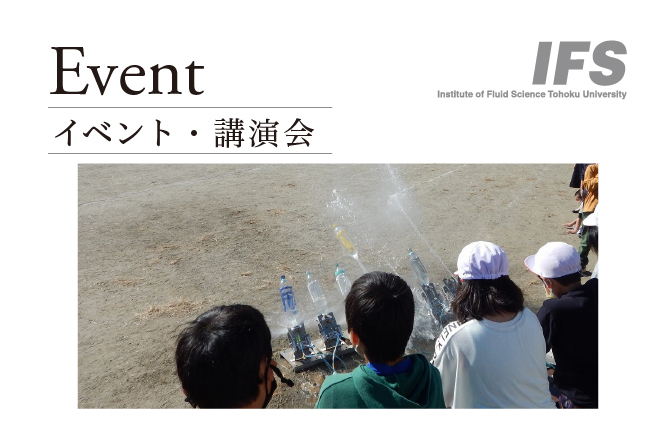 A pet bottle rocket craft class was held as the 22nd Tohoku University On-Site Delivery Class (Heat Transfer Control Laboratory) (October 31, November 7, 2022)
A pet bottle rocket craft class was held as the 22nd Tohoku University On-Site Delivery Class (Heat Transfer Control Laboratory) (October 31, November 7, 2022)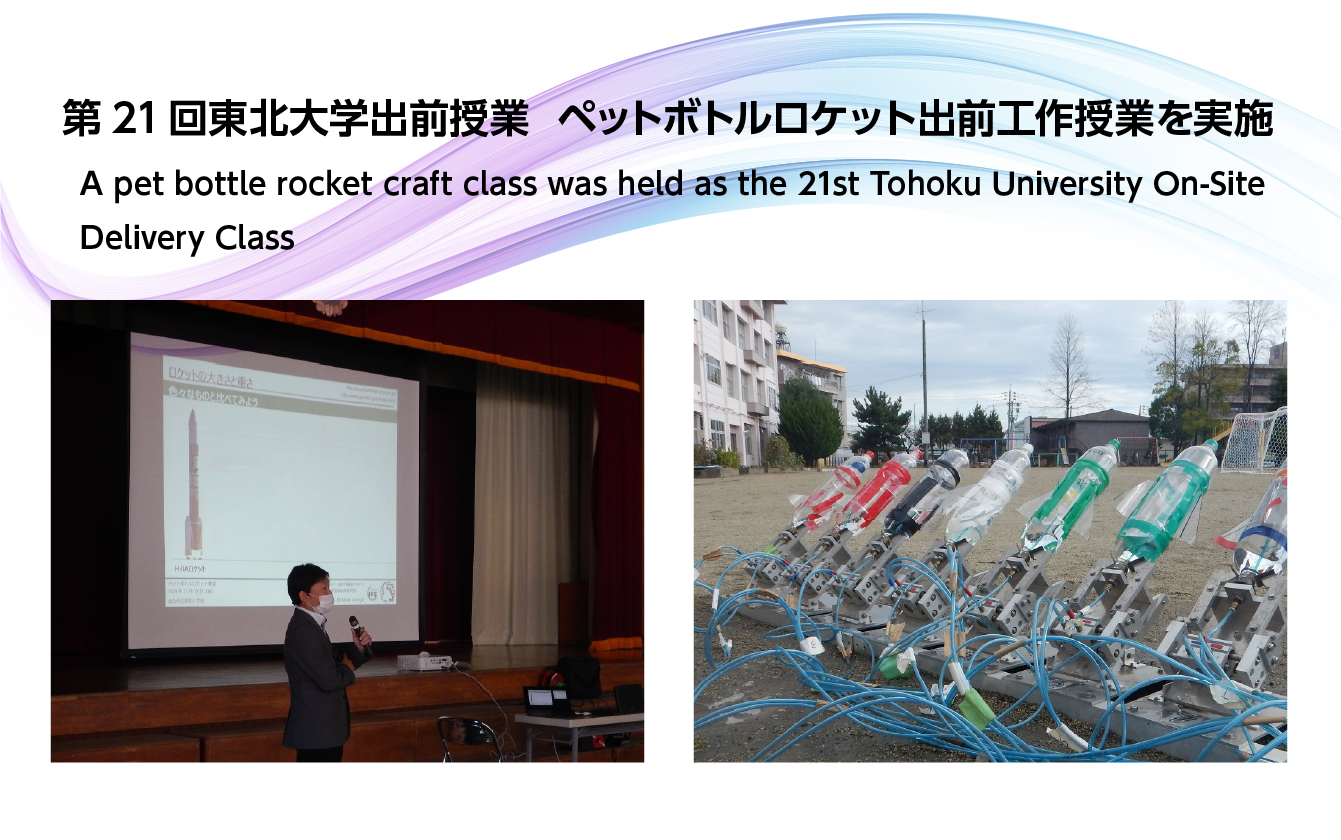 A pet bottle rocket craft class was held as the 21st Tohoku University On-Site Delivery Class (Heat Transfer Control Laboratory) (November 12, 2021)
A pet bottle rocket craft class was held as the 21st Tohoku University On-Site Delivery Class (Heat Transfer Control Laboratory) (November 12, 2021)